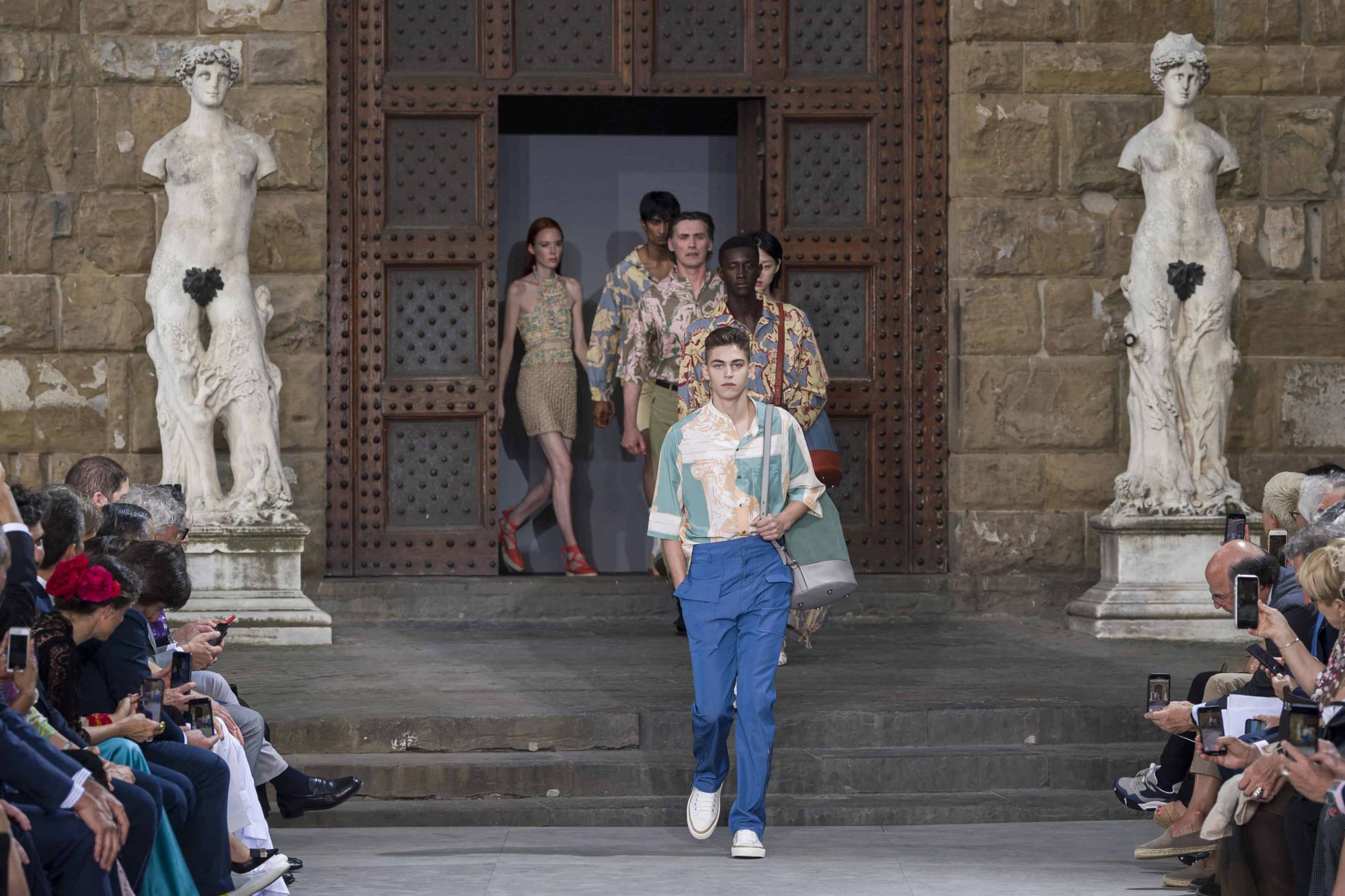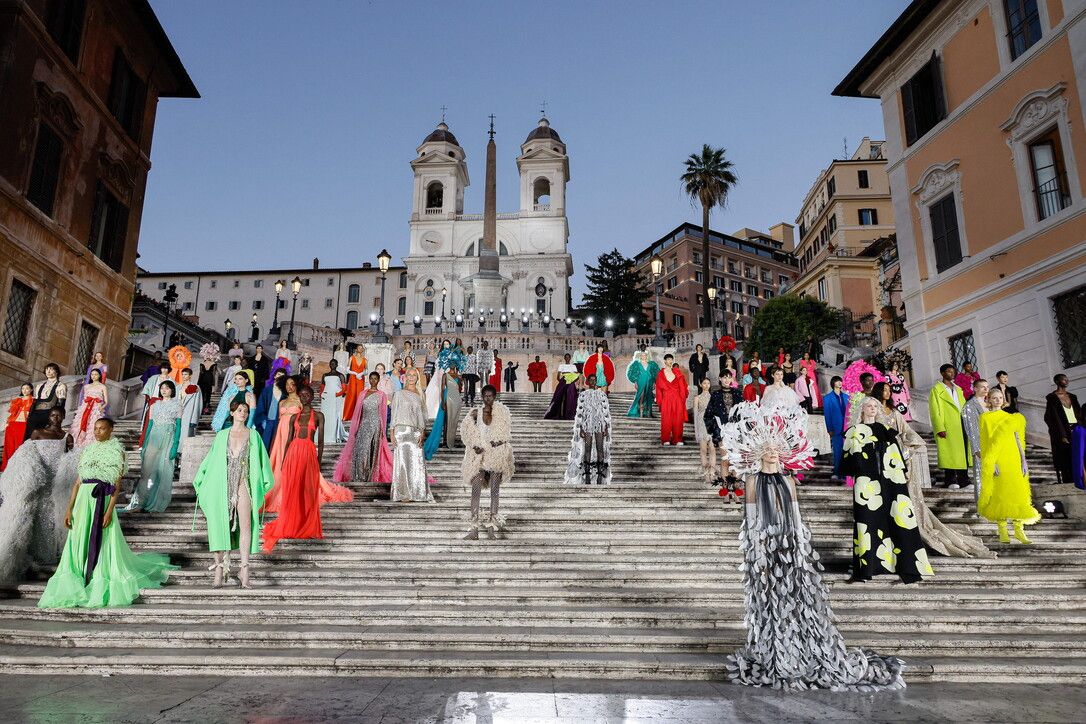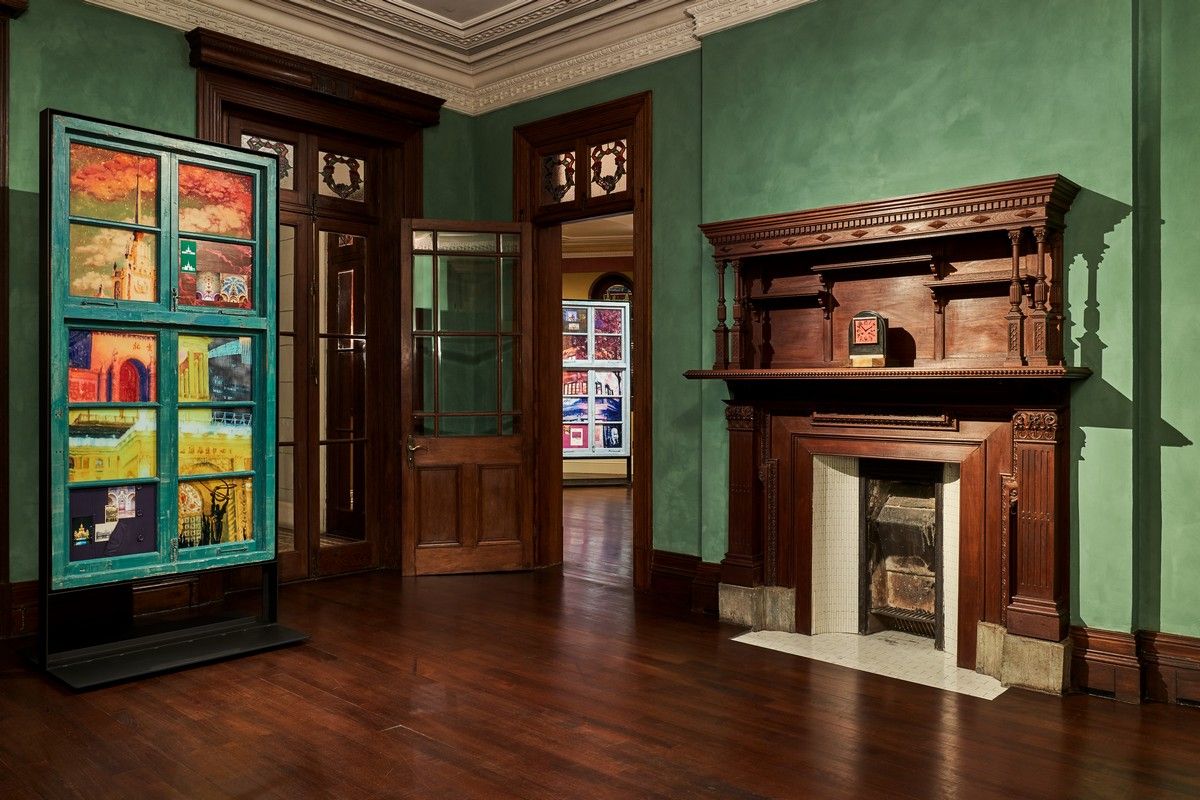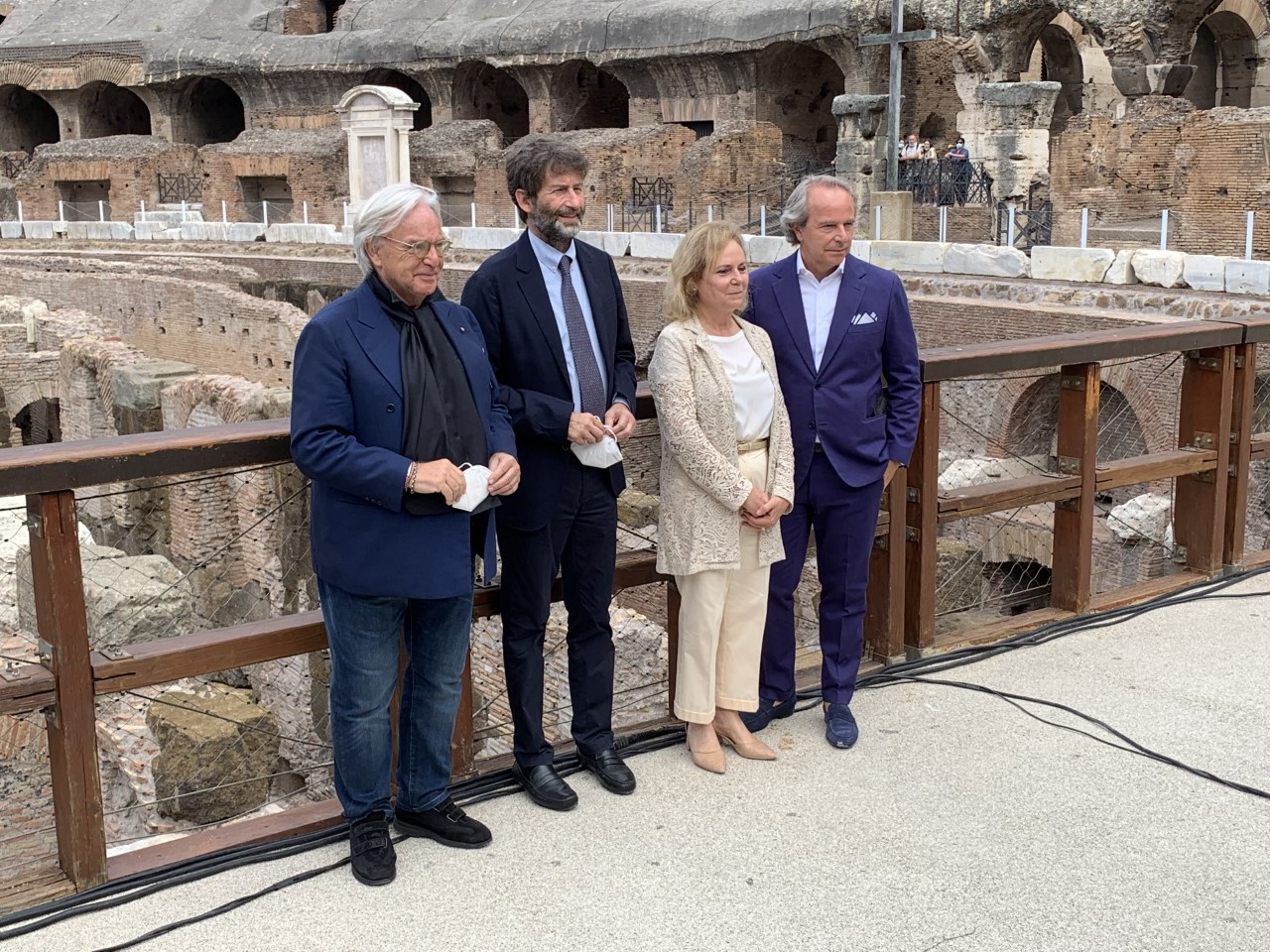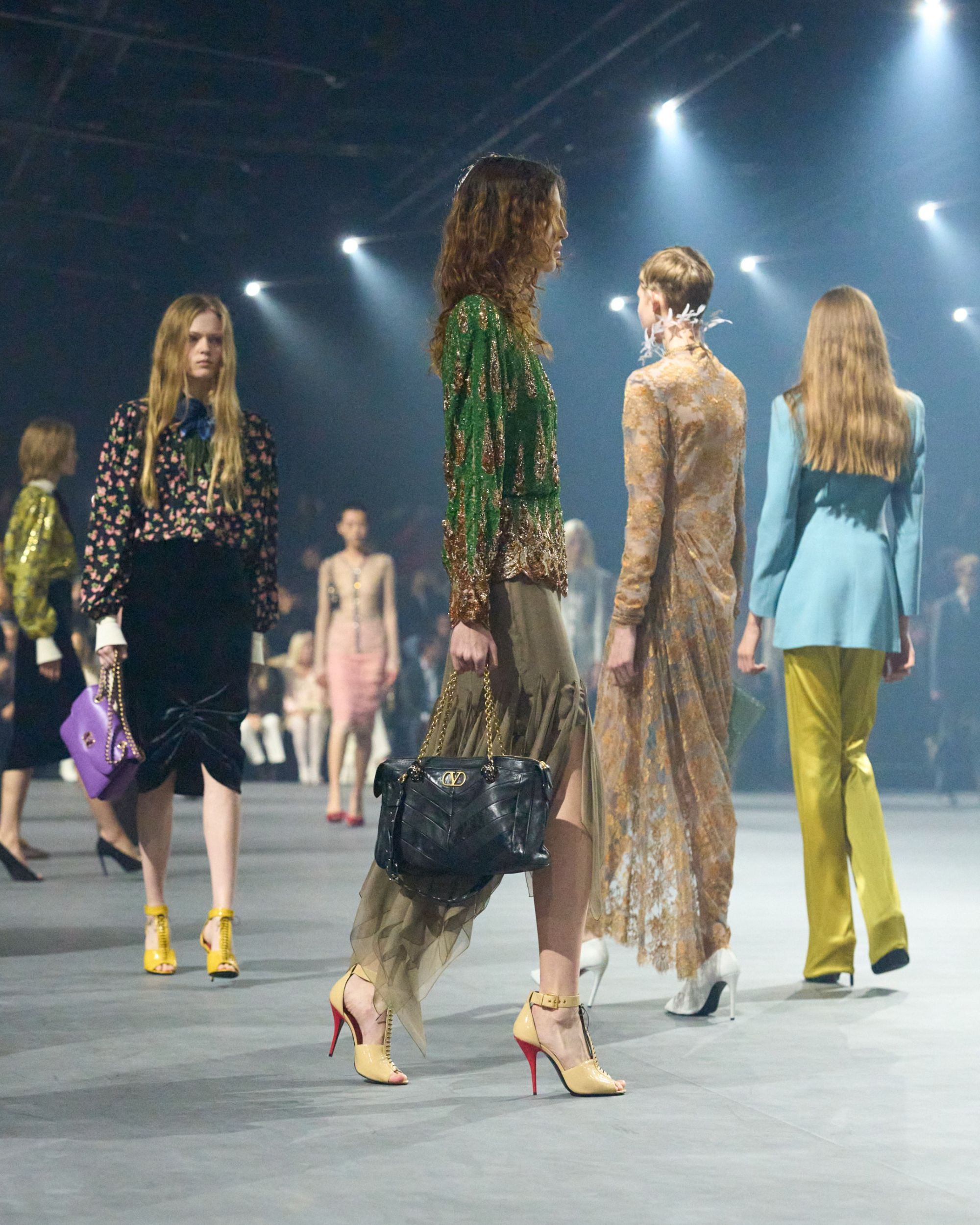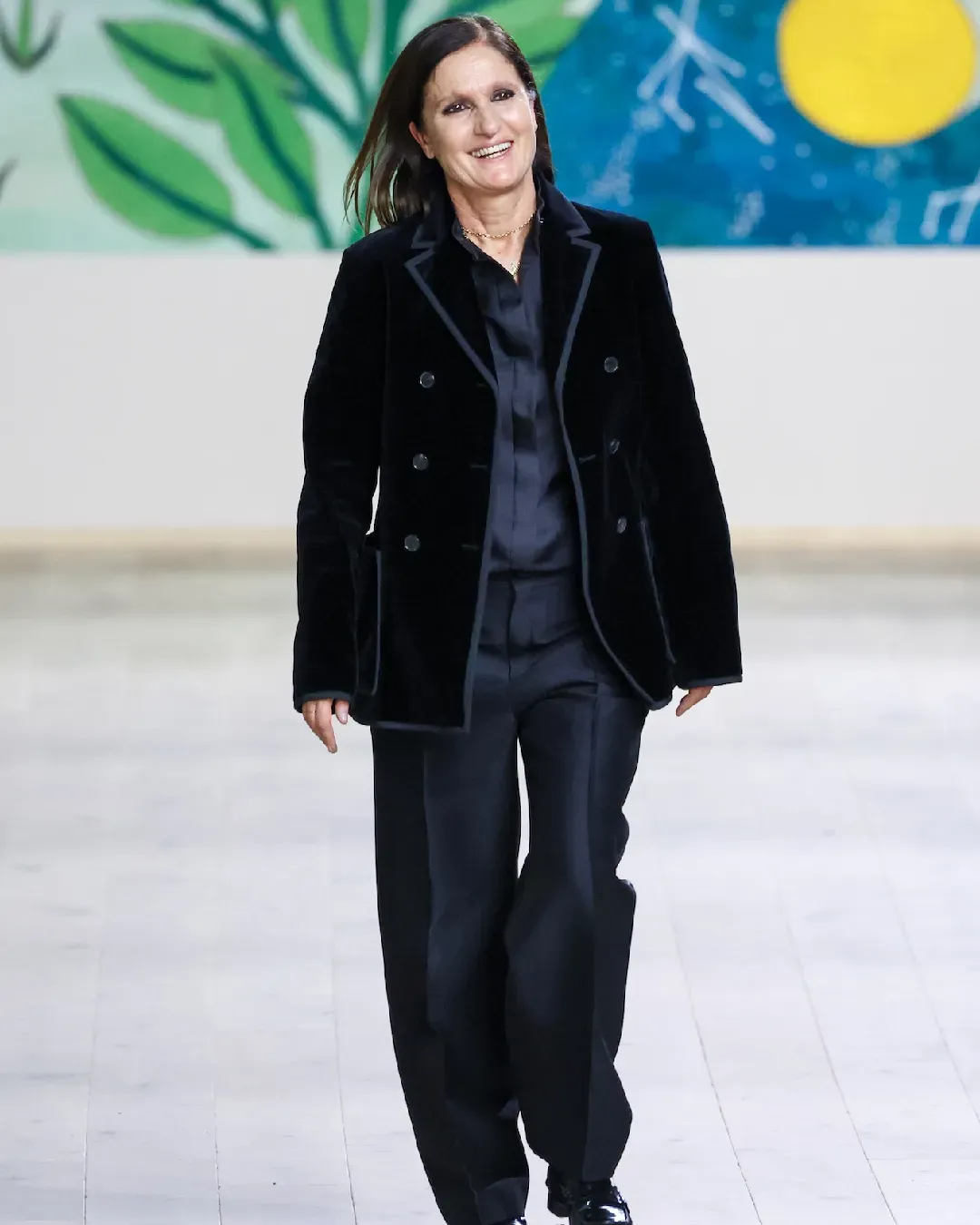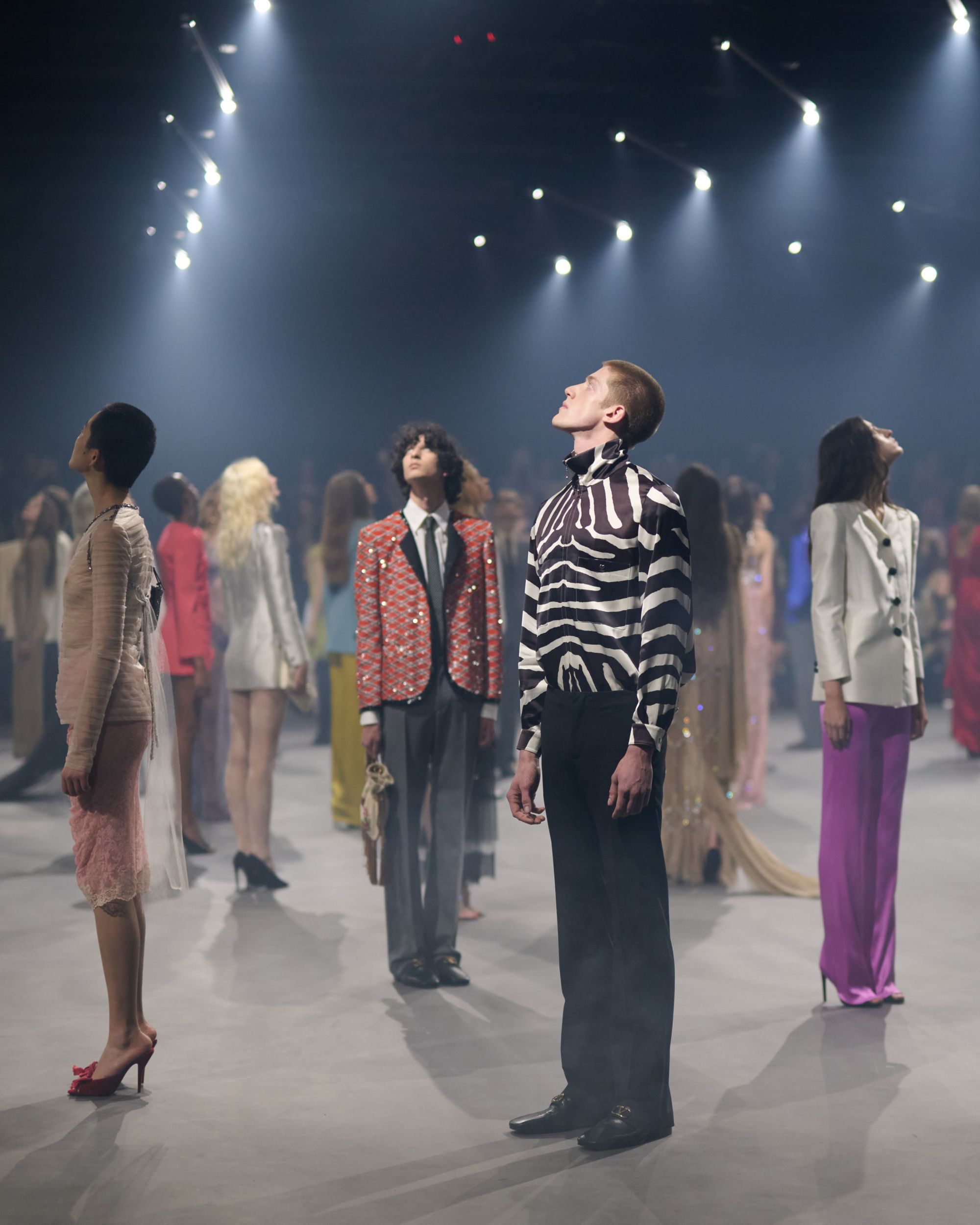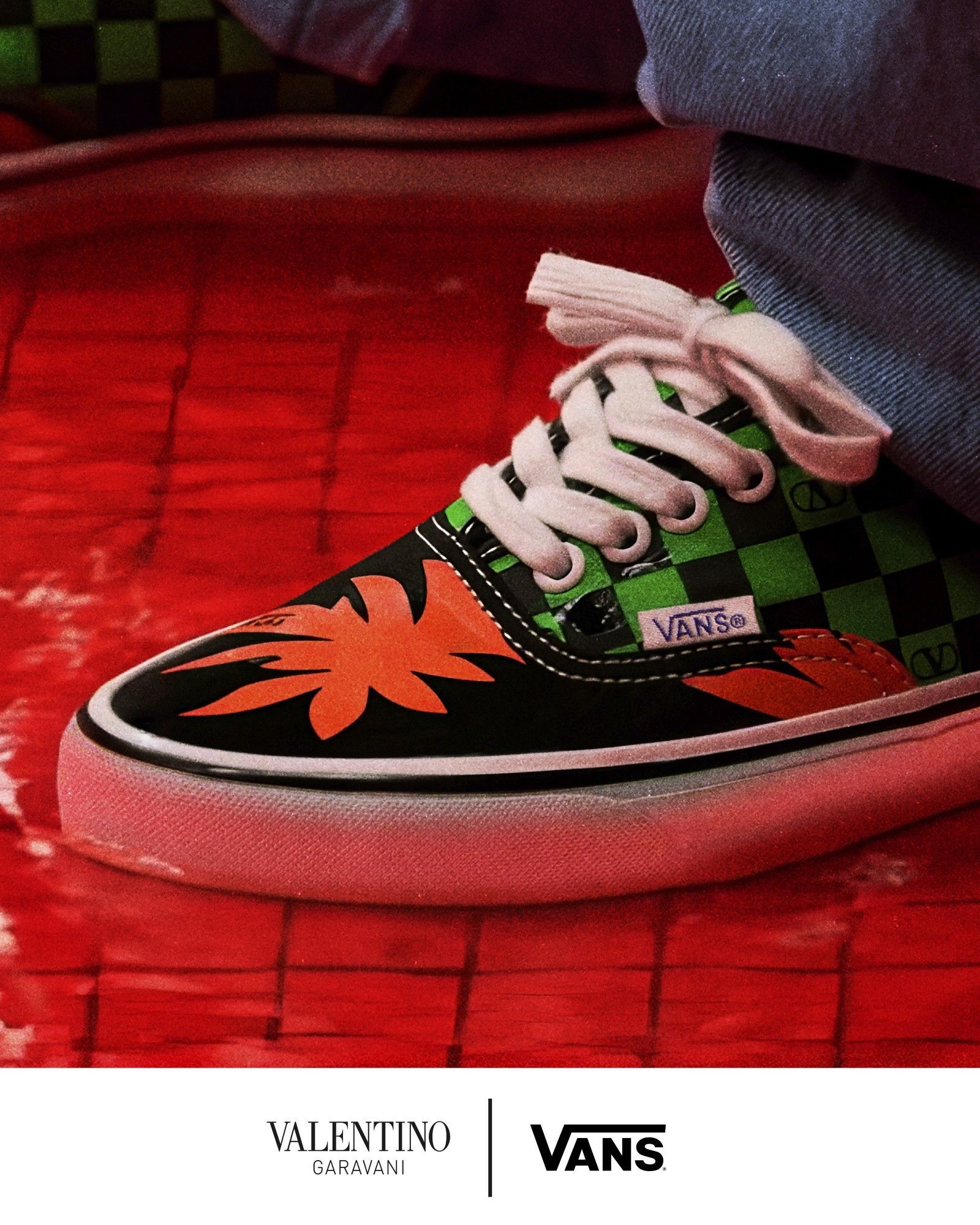
When fashion invests in cultural heritage How major brands help to enhance artistic heritage with initiatives that often go beyond image returns
In the heart of the capital, very close to the Capitol and the Imperial Forums, the Arch of Janus is a majestic monument that remained transcended for decades, after the 1993 explosion of a device planted by Cosa Nostra made its restoration necessary. In recent years it has been possible to visit it only on rare occasions, but thanks to the collaboration between the Alda Fendi Foundation - Experiments and the Superintendence of Rome today it is once again open to the public and freely usable. The same is true for the current Rhinoceros gallery, in the immediate vicinity of the Arco di Giano, housed in a historic building restored in 2017 by renowned French architect Jean Nouvel, in a redevelopment and recovery operation desired by the cultural foundation headed by Fendi. The Roman brand four years earlier had also launched the "Fendi for fountains" program to renovate some of the capital's monumental fountains. Virtually all the big fashion labels have long invested in the restoration and promotion of cultural heritage, Italian and otherwise, through foundations linked to the same corporate groups. Luxury brands, on the wave of an ever-expanding phenomenon, actually support institutions in protecting and enhancing the national artistic heritage, promoting initiatives that benefit local communities.
Italy holds the world record of assets classified as UNESCO World Heritage Sites, 29 of which are cities. Yet for heritage protection and enhancement in 2019, Italy spent just over 5 billion euros - France spent 16.8 billion. In subsequent years, investment in the sector has not increased, and the country is in the bottom ranks in Europe in spending on cultural services. In this landscape, Italian and non-Italian brands are increasingly aware that taking a stand, with concrete measures, in the cultural sphere is very important for their own identity and narrative. Restoration operations of historic buildings (as well as the opening of museums), on the part of fashion houses, are no longer considered merely as a return on image-because social factors come into play, which although difficult to quantify aim to improve the territory and the environment in which the corporations themselves find themselves working. Last July, the Spanish Steps of Trinità dei Monti served as the backdrop for Valentino's Roman fashion show; the Ceo of the fashion house in this regard said, «For us, giving back, giving back, is a crucial value.» For the occasion, the fashion house headed by Piccioli announced the restoration of the mosaics of the Baths of Caracalla, and "gave back" to the city two palm trees destroyed by pests in the Spanish Steps.
What's more: in Florence, Ferragamo supported the restoration of the sculptures on the Santa Trinità bridge and square, as well as eight rooms in the Uffizi Gallery, while the maintenance of the Boboli Gardens came through Gucci. In Milan, on the other hand, it was Giorgio Armani who breathed new life into one of the city's main house museums: «I was immediately fascinated by the artistic and cultural richness expressed in every detail of Villa Necchi Campiglio. It is for this reason that I enthusiastically decided to make an additional contribution to the restoration. [...] Many years have passed since my first meeting with FAI [Fondo per l'ambiente italiano] and we still share projects and passions to protect the wonderful works of human ingenuity.» These initiatives are not simply about cultural patronage, but about safeguarding territories and cities to which individual brands are linked-even in terms of projects: «I believe that a successful entrepreneur has a duty to do something useful on a social level as well, for the territory in which he operates,» Diesel founder Renzo Rosso said when he took charge of the restoration of the Rialto Bridge, in Venice, donating 5 million euros. An attitude, this one, that knows no boundaries: Chanel, in Paris, has done the same with the Grand Palais, in the space of the Champs Élysées Gardens, while various luxury groups have allocated financial aid for the reconstruction of Notre-Dame, after the April 2019 fire. The creation of the Louis Vuitton Foundation represents the epitome of this approach: the idea of Bernard Arnault, president, and CEO of the LVMH Group, was to twist the traditional concept of philanthropy to give birth to something beyond pure charity; in fact, the foundation was created to give France as a whole a leading role in the development of artistic and cultural creativity in the world.
The Prada Group has not escaped this trend either, and after supporting numerous philanthropic initiatives in Italy, in 2013 it financed the renovation of the facades of the Palais d'Iéna in Paris. Then, in 2018, it went as far as the East - confirming the importance of this market for the Maison: following a six-year restoration, Villa Rong Zhai, a 1918 historic residence in the heart of Shanghai, China, became usable again. In this regard, Miuccia Prada recently said, "I use my name to make culture attractive. My obsession is to do useful things for others." If you notice, all of these big names and companies have grasped the importance of using, at a strategic level, the values associated with aesthetics and art, with the aim of distinguishing themselves from the competition and increasing their reliability as a brand - in their respective territories and to their target communities. It is now clear to those in the industry that positioning in the arts is a winning strategy for demonstrating and implementing the brands' own missions. Funding from fashion houses to cultural heritage, which began in the mid-1980s and is still very common, is - in conclusion - a great opportunity for the industry to shake off the negative connotation that accompanied it for many years.










































